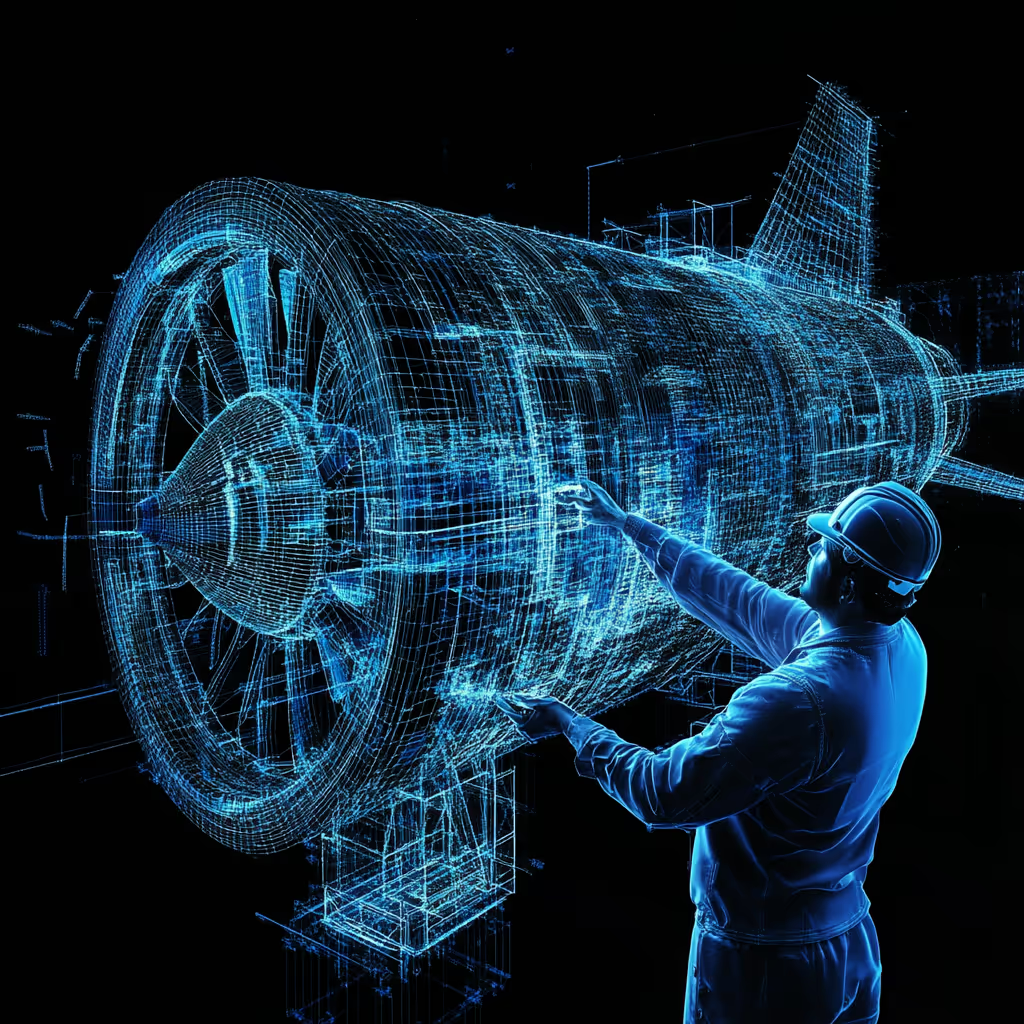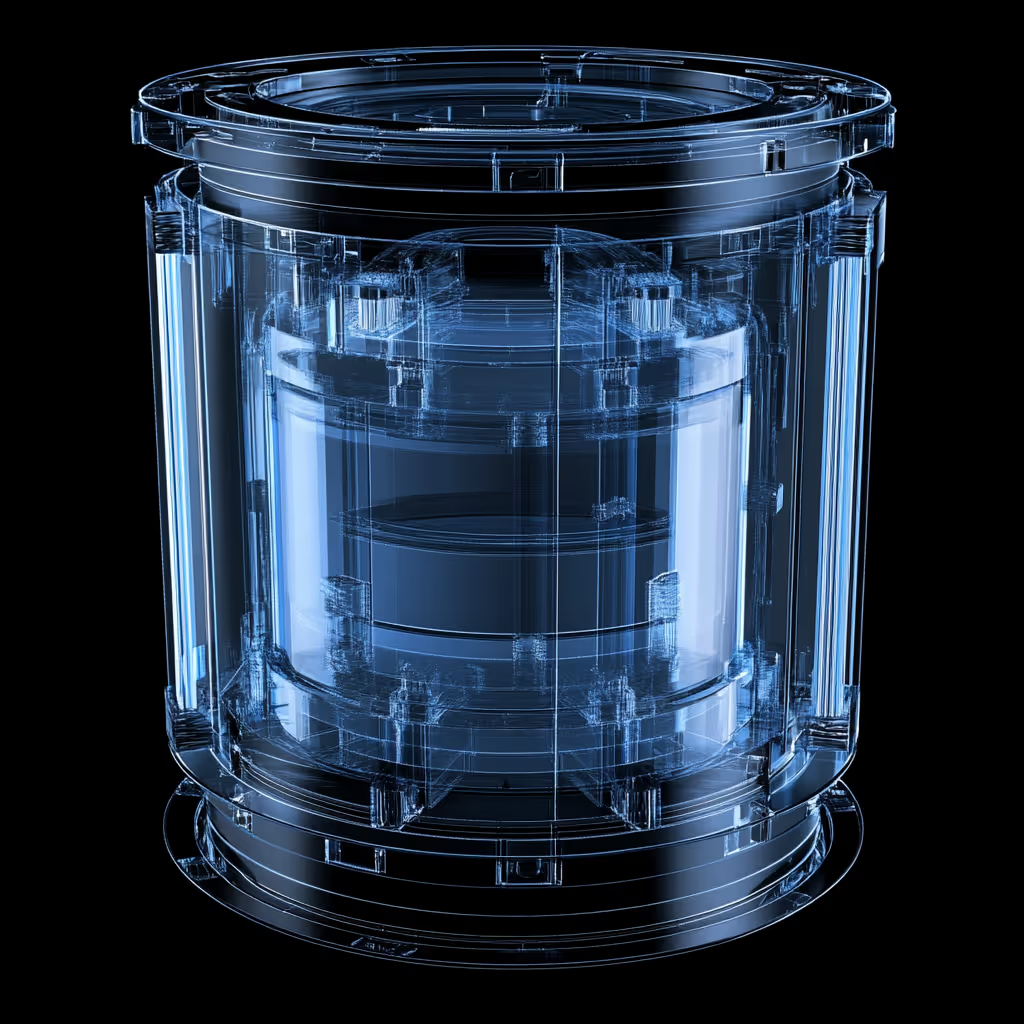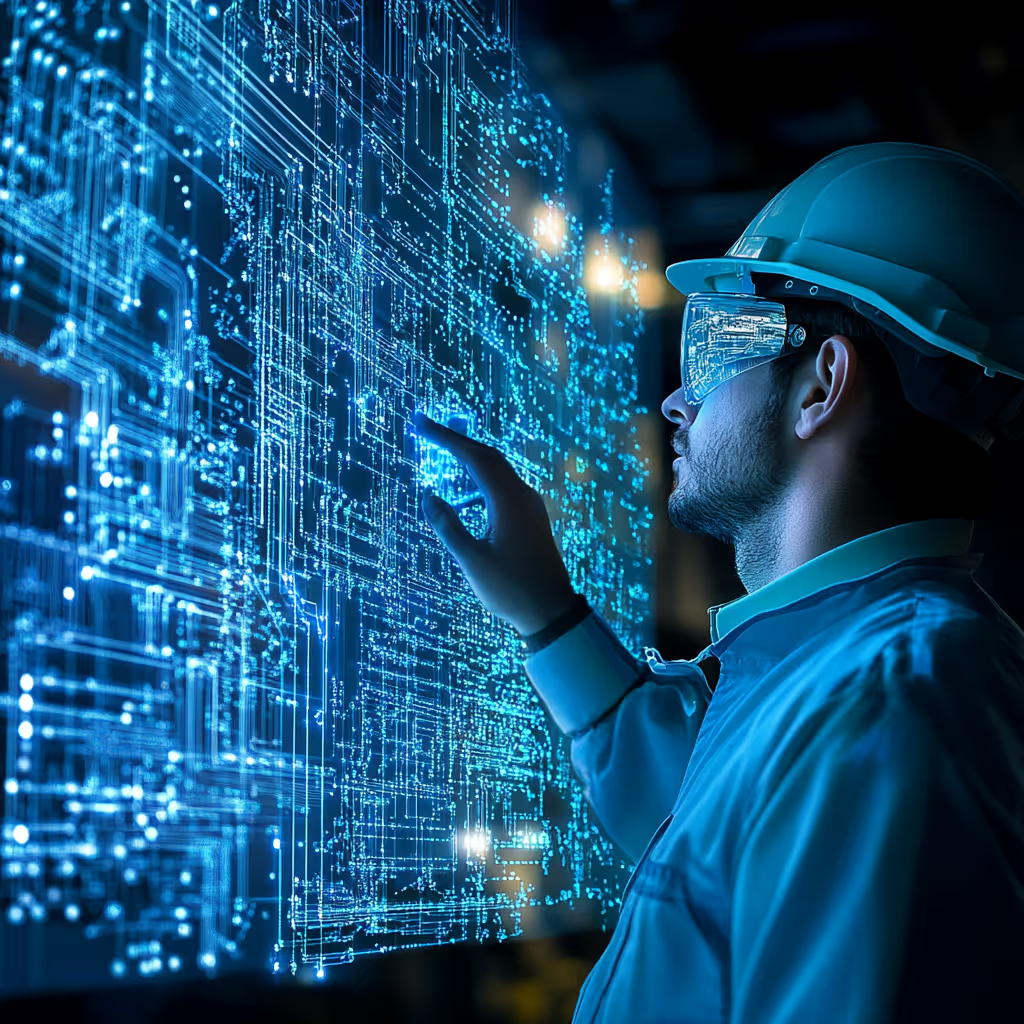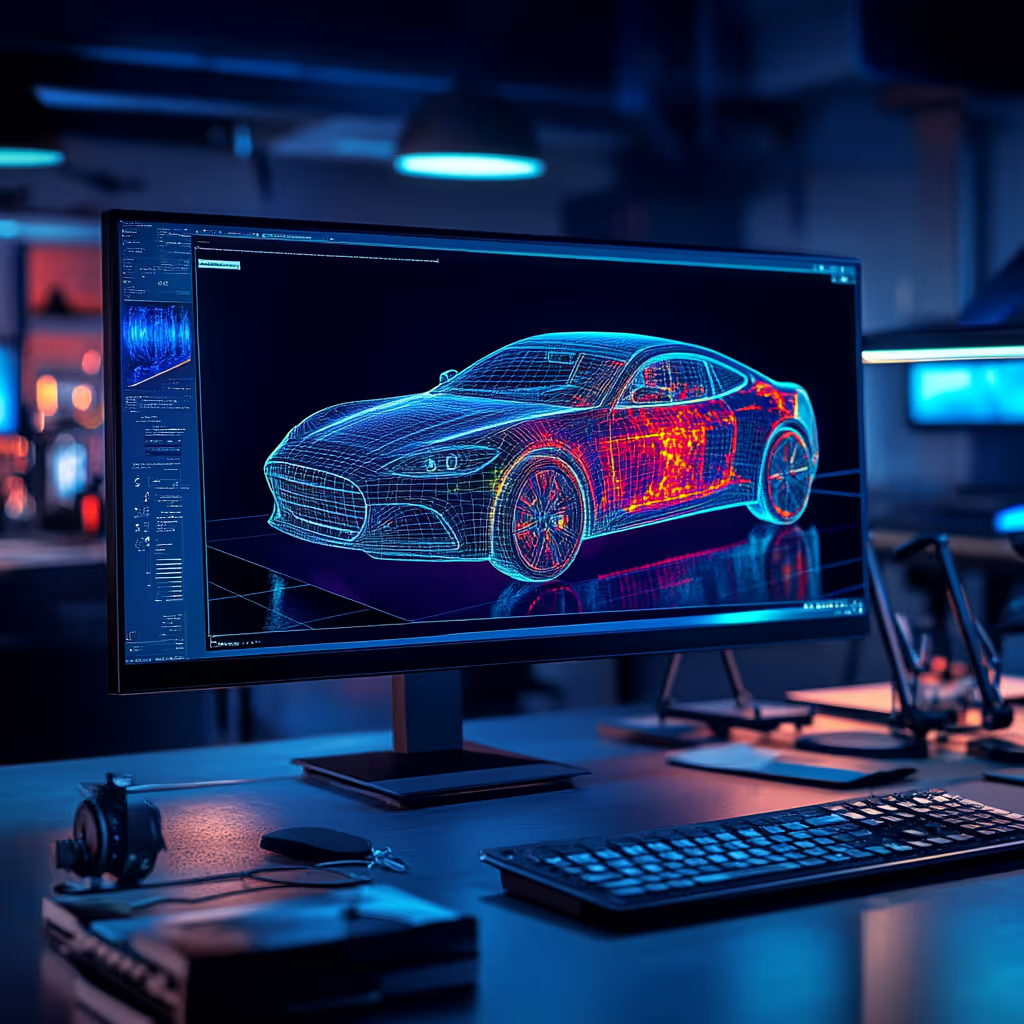3D Scanning and Collecting 3D Data

Advanced 3D modeling can be made much better with 3D scanning and additional 3D data. Reverse engineering projects can be completed in hours, not days — but that’s only possible with 3D scanning.
At CAD/CAM Services, our 3D scanning and collecting 3D data services are a very popular way to digitize your inventory of products. With our help, you can create impressive 3D CAD models for every item you sell.
3D scanning is great for reverse-engineering, updating old parts, or iterating on existing designs. It requires very little time in CAD, but results in the same high-quality 3D CAD files. The difference boils down to the equipment we use. By opting for high-power 3D scanners, we don’t need to make CAD files from scratch, we can simply convert physical objects into 3D CAD space with these scanners.

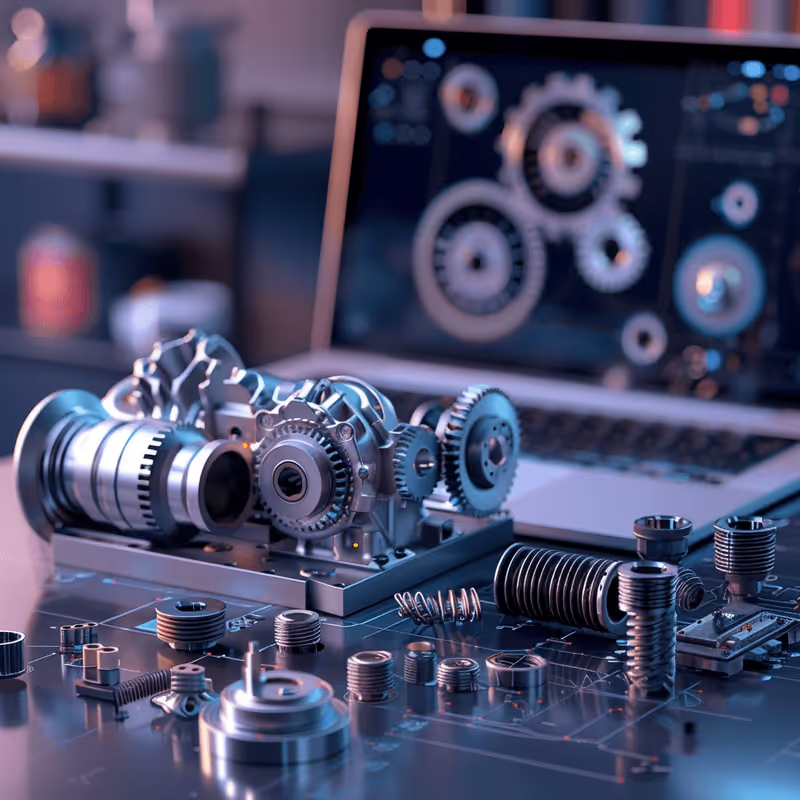
.png)
